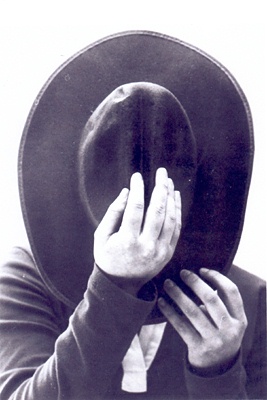All Nonfiction
- Bullying
- Books
- Academic
- Author Interviews
- Celebrity interviews
- College Articles
- College Essays
- Educator of the Year
- Heroes
- Interviews
- Memoir
- Personal Experience
- Sports
- Travel & Culture
All Opinions
- Bullying
- Current Events / Politics
- Discrimination
- Drugs / Alcohol / Smoking
- Entertainment / Celebrities
- Environment
- Love / Relationships
- Movies / Music / TV
- Pop Culture / Trends
- School / College
- Social Issues / Civics
- Spirituality / Religion
- Sports / Hobbies
All Hot Topics
- Bullying
- Community Service
- Environment
- Health
- Letters to the Editor
- Pride & Prejudice
- What Matters
- Back
Summer Guide
- Program Links
- Program Reviews
- Back
College Guide
- College Links
- College Reviews
- College Essays
- College Articles
- Back
Getting Away with Murder: The True Story of the Emmett Till Case Review
In “Getting Away with Murder: The True Story of the Emmett Till Case,” I strongly admire the author’s choice to include specific details of the case that supports the accusation of racist acts being performed by government officials in Mississippi. The murder of the African-American fourteen year-old boy named Emmett Till was an act performed by J.W. Milam and Roy Bryant, in order to represent their low tolerance of black males disrespecting white women. Emmett was murdered for the sole reason that he flirted with Carolyn Bryant, a white woman, in a store which he was dared to do. Carolyn did not directly take action by alerting her husband, Roy Bryant. Instead, the news traveled around town which finally made its way to Roy. Once Roy found out, he was enraged. Roy felt that not only his wife was disrespected, but this act could ruin his reputation as being a tough guy if he did not act upon this news. Roy informed his half-brother, J.W. Milam, of the news and they were set to kill Emmett for what he did. Emmett was not from Mississippi, he was from Chicago, so the actions of African-Americans in those two territories were looked at completely different. Emmett was warned by his mother, Mamie Till Bradley, that he had to be more conservative when acting in Mississippi, but he chose to be reckless.
When Emmett was back at his uncle’s home in Mississippi, he was then kidnapped by Milam and Bryant. He was then found three days later alongside the Tallahatchie River, dead. Immediately, Milam and Bryant were accused of murdering Till. Although, Governor Hugh White exclaimed that this murder was not racially motivated since it was not a lynching. I strongly disagree with this claim, but I am pleased that it was mentioned in the book, because it shows the first of many difficulties that Emmett’s family would have to endure since there is an active amount of discrimination occurring in the legislative and judicial systems. In the author’s words, “By claiming that Emmett’s death was not a lynching, the governor hoped to defend his state from the Northern and liberal press that considered the murder a racially motivated hate crime.” In an attempt to defend his state, Governor White actually increased racial tensions between the North and the South. This action angered the North, because Governor White was not considering the other methods of racially motivated crimes that don’t always relate back to lynching, but can be as simple has a hate crime. The author was wise to implement his own ideological thoughts about this action, while still remaining stern with the information he was giving out.

Similar Articles
JOIN THE DISCUSSION
This article has 0 comments.
